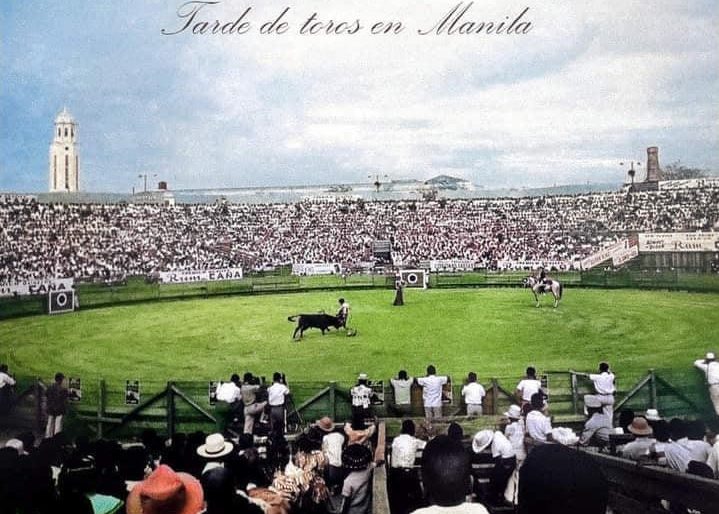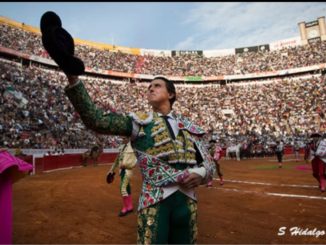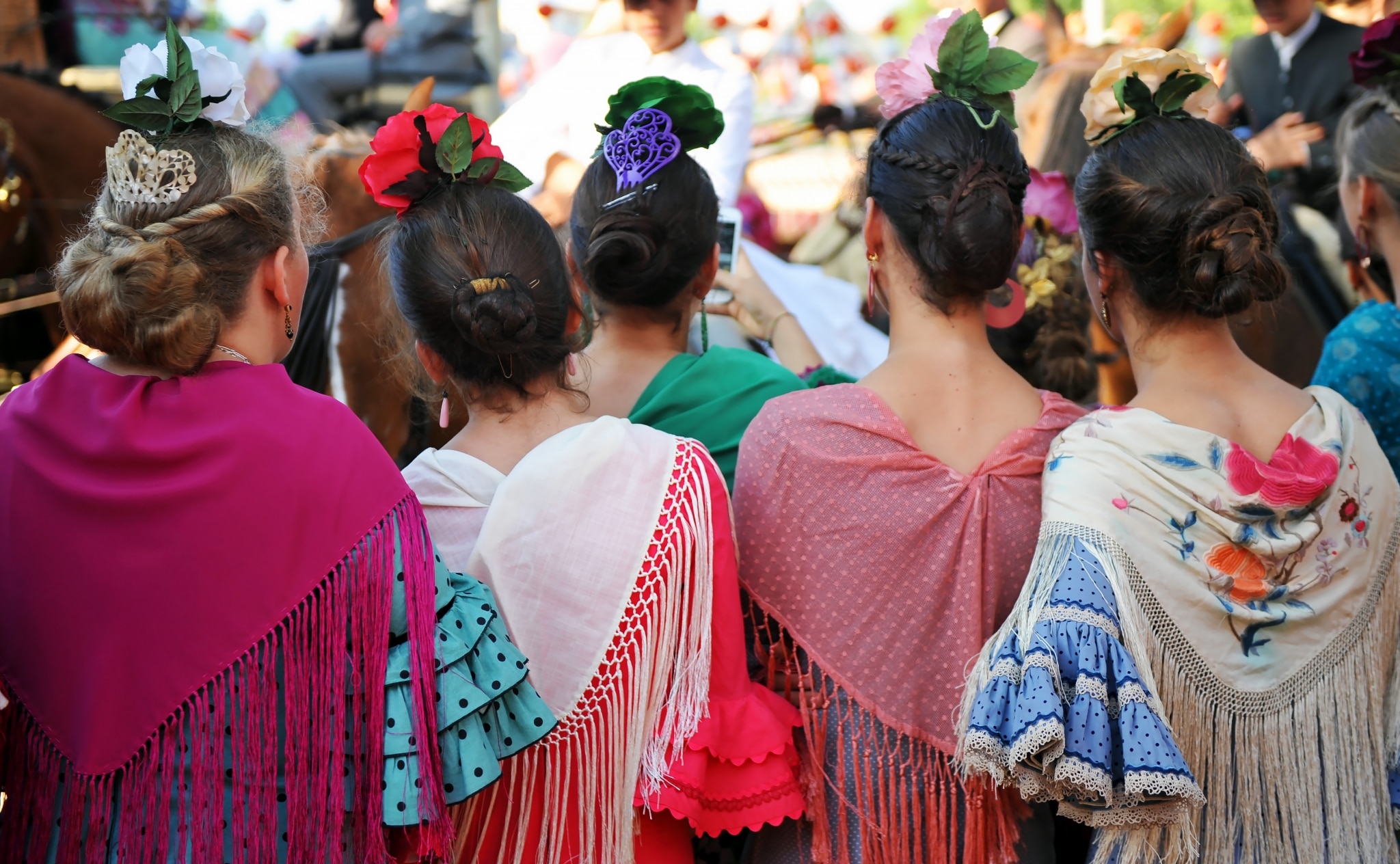
Original english version
(Traducción al español más abajo)
Many will wonder if there was once a bullfight in the Philippine Islands during the time of the golden years of Filipinas under the Kingdom of Spain. For our Filipino readers, who don’t have an idea what bullfighting is about, bullfighting is a physical contest and entertainment between the bullfighter and the bull. It is performed in the circle ring, where the bullfighter will attempt to paralyze or kill the bull according to their rules. The bullfighting is still in practiced today in the kingdoms of Spain and also in Portugal, Mexico, Peru, Colombia, Venezuela etc. But what we will pursue to discover now is that the bullfighting was held in Filipinas, mainly in Manila, and other provinces of the archipelago.
Let us note first, that the bull is not native to the Philippines, during the old days these bulls that are used here are imported from China, Mexico and to some other parts of Hispanic kingdoms in America. The first and oldest bullfight in Filipinas was performed on the feast of the Immaculate Conception in the year 1619 during the time of Gobernador-General D. Alonso Fajardo y de Tenza, a murcian knight, −this was according to a very rare print recorded in Sevilla−. It was followed on the 4th of February 1630; a bullfight was held to celebrate the new martyrs of Japan: San Pedro Bautista (a well-known missionary friar in Philippines) and his companions; another was on 11th & 12th of December 1708 when the successful happy birth of Prince Fernando José. Several arenas were built for the bullfights but they were destroyed for different reasons. After the successful victory of the Spaniards and Filipinos against the moors in Jolo, Governador Urbiztondo permitted an arena to be built in Plaza de Arroceros located in Ermita. In Plaza de Paco near the walled city of Old Manila, they built in 1885 a Circo Taurino, a bull circle or ring. They were also established in Batangas with the help of the madrileños and andalusians that were living there. Also, it was reached in Iloilo, they called it in the modern time as «Pasungay»−it means horn of the bull− and it was held every third Saturday of January during their town feast until last 2019, after that, it was prohibited by the local government because of the so called «Animal cruelty». But the modern bullfights in Iloilo are different from the past, it is now a fight between the two bulls against each other.
The last bullfights took place in the Sunken Garden in 1953, 1954, 1956 and in 1957. It was performed by the Portuguese rejoneador (Horsemen-bullfighter) José Rosa Rodríguez, the Spanish Matador Manuel Navarro, the Mexican José Luis Vázquez, the north american bullfighter Bette Ford and the Portuguese Manuel Dos Santos.
What a great tradition and heritage that Mother Spain gave to us that served as entertainment to thousands of Filipinos with the blessing of the Church through the centuries!
Lawrence Cawas, Círculo Carlista Felipe II de Manila

Versión en español
Muchos se preguntarán si alguna vez hubo alguna corrida de toros en las Islas Filipinas durante la época de los años dorados en que Filipinas estuvo integrada entre los Reinos de España. Lo explicamos para nuestros lectores filipinos, que no tienen ni idea de lo que es la tauromaquia.
La tauromaquia es un concurso físico y un entretenimiento entre el torero y el toro. Se realiza en un ruedo circular, donde el torero intenta paralizar o matar al toro según sus reglas. La tauromaquia todavía se practica hoy en día en diferentes puntos de España y en Portugal, México, Perú, Colombia, Venezuela etc. pero lo que vamos a perseguir por descubrir ahora es la tauromaquia que se celebraba en Filipinas, principalmente en Manila, y también en otras provincias del archipiélago.
Observemos que el toro no es originario de Filipinas, durante los viejos tiempos los toros que se utilizaban aquí eran importados de China, México y algunas otras partes de los reinos hispánicos de América. La primera y más antigua corrida de toros de Filipinas se realizó en la fiesta de la Inmaculada Concepción en el año 1619 durante la época del gobernador general D. Alonso Fajardo y de Tenza, un caballero murciano, según consta en una muy rara estampa registrada en Sevilla. El día 4 de febrero de 1630 se llevó a cabo otra corrida de toros para celebrar a los nuevos mártires de Japón entre los que estaba San Pedro Bautista (un conocido fraile misionero en Filipinas) y sus compañeros; hay documentada otra corrida el 11 y 12 de diciembre de 1708 con ocasión del feliz nacimiento del príncipe Fernando José. Se construyeron varias arenas para las corridas, pero fueron destruida por diferentes motivos. Después de la exitosa victoria de españoles y filipinos contra los moros en Jolo, el Gobernador Urbiztondo permitió que se construyera una arena en la Plaza de Arroceros ubicada en Ermita. En la Plaza de Paco, cerca de la ciudad amurallada de la Vieja Manila, construyeron en 1885 un Circo Taurino, una plaza de toros. También se establecieron en Batangas con la ayuda de los madrileños y andaluces que allí vivían. Un poco más tarde llegaban en Iloilo; también lo llamaban en la época moderna como «Pasungay», que significa cuerno de toro y se realizaba cada tercer sábado de enero durante la fiesta de su pueblo hasta el pasado 2019, después de eso, fue prohibido por el gobierno local debido a la excusa denominada «crueldad hacia los animales». Pero las corridas de toros modernas en Iloílo son diferentes a las del pasado, porque ahora se trata de una pelea entre los dos toros entre sí.
Las últimas corridas de toros tuvieron lugar en el Jardín Sunken en 1953, 1954, 1956 y 1957. Estuvieron a cargo del rejoneador portugués José Rosa Rodríguez, del matador español Manuel Navarro, del mexicano José Luis Vázquez, de la torera norteamericana Bette Ford y del portugués Manuel Dos Santos. ¡Qué gran tradición y herencia nos dio la Madre España que sirvió de entretenimiento a miles de filipinos con la bendición de la Iglesia a través de los siglos!
Lawrence Cawas, Círculo Carlista Felipe II de Manila



